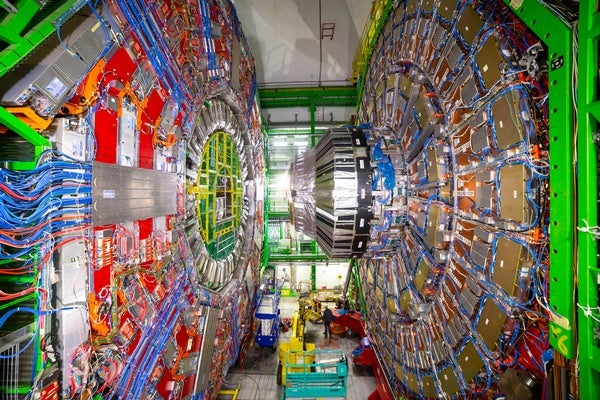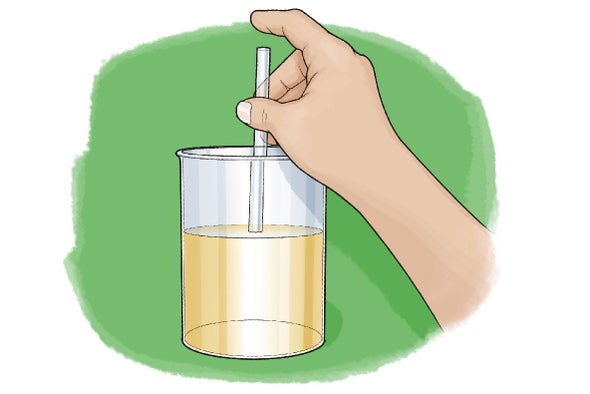 |
| |
 |
| |
| |
| |
| |
| |
| |
| |
| |
| |
| |
| |
| |
FROM THE STORE
 | | The Math of Everything Galileo said that mathematics is the language of nature. This eBook examines math across disciplines, exploring how math is the backbone connecting the physical, social and economic worlds. From practical questions about the significance of p values and using math to fight gerrymandering to the top theoretical problems in the field, this collection looks at what math reveals about our universe. |  | | |
BRING SCIENCE HOME
 | | Now You See It... Testing Out Light Refraction |  Make a straw vasnish before your eyes--with the amazing duo of refracting and reflecting light. It's not magic, it's science! Credit: George Retseck | If you pour water into a clear glass, what color is it? It's clear, right? But what happens if you try to look through it to see the world on the other side of the glass? It looks a little distorted, maybe a little fuzzier and uneven. If water is clear, why can't we see through it clearly? The answer has to do with how light moves through water, glass and other transparent materials. Similar to when you try to run in a swimming pool, when light tries to move through water or glass it gets slowed down. When light is slowed down, it either bounces off the material or is bent as it passes through. We can see these changes in light, which indicates to us that something is there. In this activity you will play with light to make normal objects appear and disappear! | |  | |
LATEST ISSUES
 |
| |
| Questions? Comments?  | |
| Download the Scientific American App |
| |
| |



